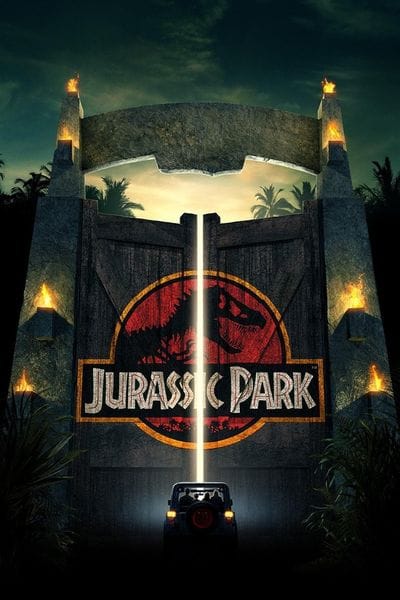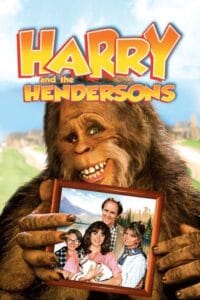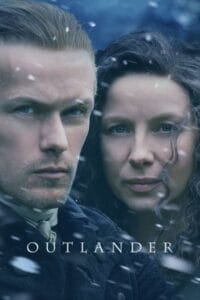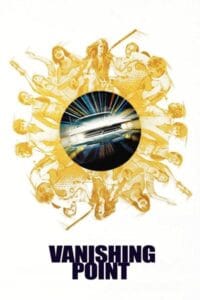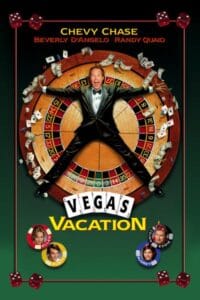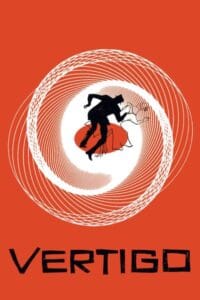Have you ever wondered what it would be like to step into the prehistoric world of dinosaurs? Imagine walking amidst lush, vibrant forests, with towering ferns and ancient trees, while feeling the awe-inspiring presence of creatures that roamed the Earth millions of years ago. The magic of “Jurassic Park” has captivated audiences since its release in 1993, transporting viewers to a realm where science fiction meets the wonders of nature. But how much do we truly know about the stunning locations that brought this cinematic masterpiece to life?
What secrets do the breathtaking natural landscapes, combined with the meticulously crafted sets, hold? From the dramatic cliffs of Hawaii to the serene beauty of the California redwoods, each filming location played a crucial role in creating the film’s iconic imagery. In this article, we will embark on an in-depth exploration of the filming locations of “Jurassic Park,” uncovering the majestic spots that made this legendary film possible. Get ready to embark on an exciting journey through the history of iconic filming locations! We’ll explore their significance in both cinema and reality, sharing captivating anecdotes from the production that resurrected dinosaurs on the big screen. Join us as we traverse the breathtaking landscapes that inspired a generation and continue to ignite our imaginations about the age of dinosaurs!
City Locations
The primary filming sites for “Jurassic Park” can be found in the picturesque landscapes of Red Rock Canyon in California and the idyllic Hawaiian Islands. These locations were carefully chosen for their breathtaking beauty, which perfectly set the stage for the park’s awe-inspiring atmosphere. Red Rock Canyon, known for its striking sandstone cliffs and panoramic views, provided a stunning backdrop for various scenes requiring rugged terrain. In contrast, the lush tropical environments of Hawaii, specifically locations like Kauai and Oahu, offered the vibrant greenery and exotic aesthetics that defined the film’s vision of Jurassic Park. The diversity of these locations contributed significantly to the film’s ability to transport viewers to a world where dinosaurs roamed freely.
Location Types
The film utilized several notable location types that helped create the illusion of Jurassic Park as a fully formed and thriving ecosystem. Among these types, beach and ocean views contributed to the visuals of sprawling coastlines, allowing audiences to see the juxtaposition of the prehistoric world alongside tranquil waters. Nature scapes depicted the lush verdancy of the islands, filled with towering trees and hidden valleys that enhanced the film’s sense of adventure. Rustic ranches and studios aided in creating the campy yet thrilling atmosphere that captured audiences’ imaginations, transporting them seamlessly between the wonders of nature and the thrilling park attractions.
Location Styles
The style of the locations played a crucial role in shaping our experience of the film. Many scenes featured beachfront settings, enhancing the tropical allure of the park and allowing for stunning views of the waves lapping against the shore. The combination of exotic and tropical elements made the fictional Jurassic Park feel more authentic and captivating. Meanwhile, modern building structures contrasted beautifully with the natural environment, illustrating the integration of human ingenuity in this captivating landscape. The filmmakers also employed resorts and SUVs, which added a sense of adventure and luxury to the park experience, echoing the thrill that would soon turn to terror.
About Jurassic Park
“Jurassic Park,” directed by the legendary Steven Spielberg and adapted from Michael Crichton’s bestselling novel, vividly tells the story of a groundbreaking theme park populated by cloned dinosaurs, a concept that was revolutionary at the time of its release. Set on the lush and treacherous fictional Isla Nublar, the film intricately explores complex themes such as scientific ethics, the unpredictability of nature, and humanity’s hubris in tampering with life.
The remarkable use of special effects, which brilliantly combined animatronics with cutting-edge CGI technology, created unforgettable scenes that have not only captivated audiences but also set a new standard for visual storytelling in cinema. From the awe-inspiring sight of a brachiosaurus grazing to the terrifying encounters with a relentless T. rex, these moments have become iconic.
Beyond its technical achievements, the film’s heart lies in the rich interplay of its diverse characters, such as the visionary but reckless John Hammond, the skeptical mathematician Ian Malcolm, and the resourceful paleontologist Alan Grant. Their interactions illuminate the moral dilemmas they face as they grapple with the consequences of playing god, while the chaotic events that unfold within the park serve as a thrilling reminder of nature’s dominance over human ingenuity. Ultimately, “Jurassic Park” is not just a tale of adventure; it is a cautionary story about the ethical responsibilities that come with scientific advancement.
Jurassic Park Locations
From the sweeping vistas of the Hawaiian Islands to the dramatic cliffs of Red Rock Canyon, the filming locations of Jurassic Park play a pivotal role in enhancing the storytelling and immersing viewers in a breathtaking, prehistoric world. Kauai was primarily used for most of the film, showcasing its lush landscapes and stunning natural beauty. Notable spots like Manawaiopuna Falls, often referred to as “Jurassic Falls,” and the Allerton Garden, with its vibrant flora and fauna, served as iconic backdrops that brought the film’s imaginative narrative to life.
The North Shore of Kauai, with its emerald cliffs and panoramic ocean views, housed the famous waterfall scene where Dr. Alan Grant and the children first encounter a live dinosaur, a moment that captures both awe and excitement. These locations not only provide visual splendor but also emphasize the sense of wonder, adventure, and imminent danger that underpins the narrative. Each breathtaking setting contributes to the film’s atmosphere, making the story more engaging and memorable for audiences around the world. The unique combination of natural beauty and cinematic storytelling continues to draw visitors to these iconic sites, allowing them to experience a piece of the Jurassic legacy firsthand.
Grant and the Kids Chased by Dinosaurs Scene in Jurassic Park
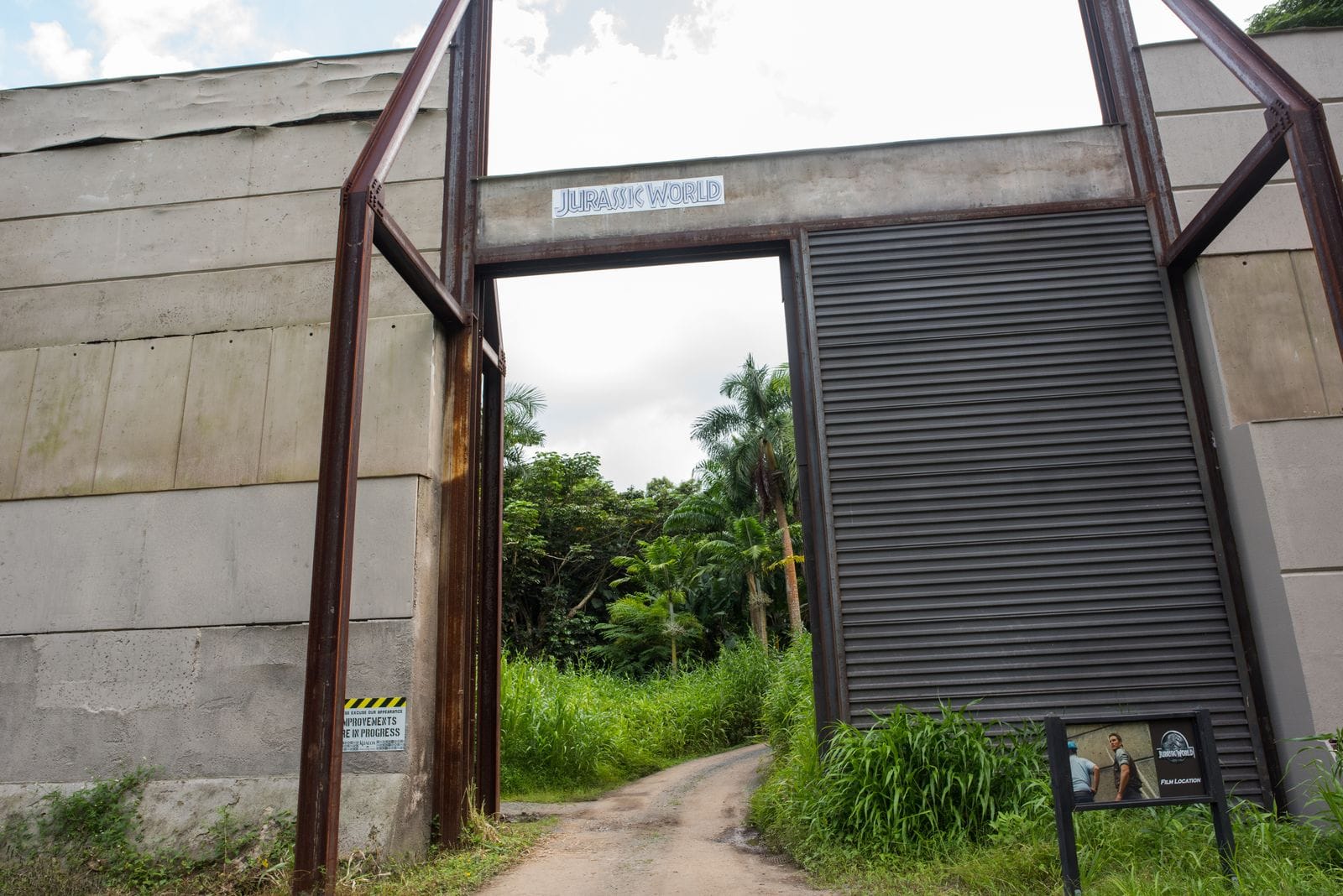
One of the most thrilling scenes in “Jurassic Park” occurs when Dr. Alan Grant, portrayed by Sam Neill, and the children are chased by the terrifying Velociraptors. This intense sequence showcases the natural beauty of Kauai’s forests as they run for their lives. The filmmakers expertly crafted this scene to highlight the contrast between the serene landscapes and the chaos of the chase, underscoring the unpredictable nature of the dinosaurs. Additionally, the use of practical effects alongside CGI created a thrilling experience that has left an indelible mark on cinema history.
Welcome to Jurassic Park Scene in Jurassic Park
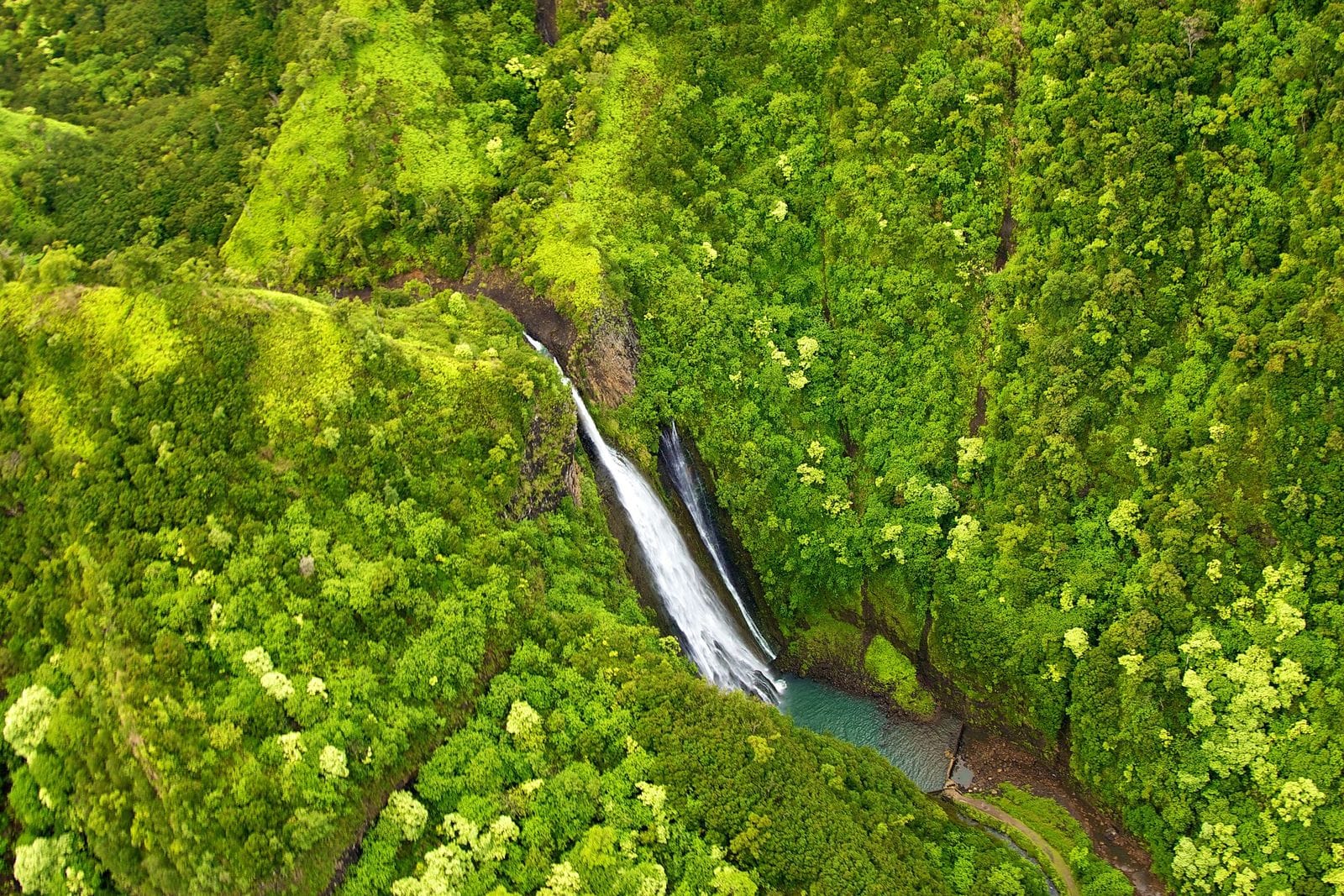
The iconic “Welcome to Jurassic Park” moment, where Dr. Ian Malcolm (Jeff Goldblum) and the rest of the crew first lay eyes on the park’s dinosaurs, is perhaps one of the most memorable sequences in film history. Filmed in the lush valleys of Kauai, this scene masterfully combines the awe of discovery with a sense of foreboding. As the characters are greeted by grazing Brachiosaurus, the scene encapsulates the wonder of visiting a place where humans and dinosaurs coexist, even for a brief moment. The breathtaking visuals, paired with John Williams’ sweeping score, make this a defining moment that resonates with viewers, drawing them deeper into the film’s world.
The T-Rex Attack Scene in Jurassic Park
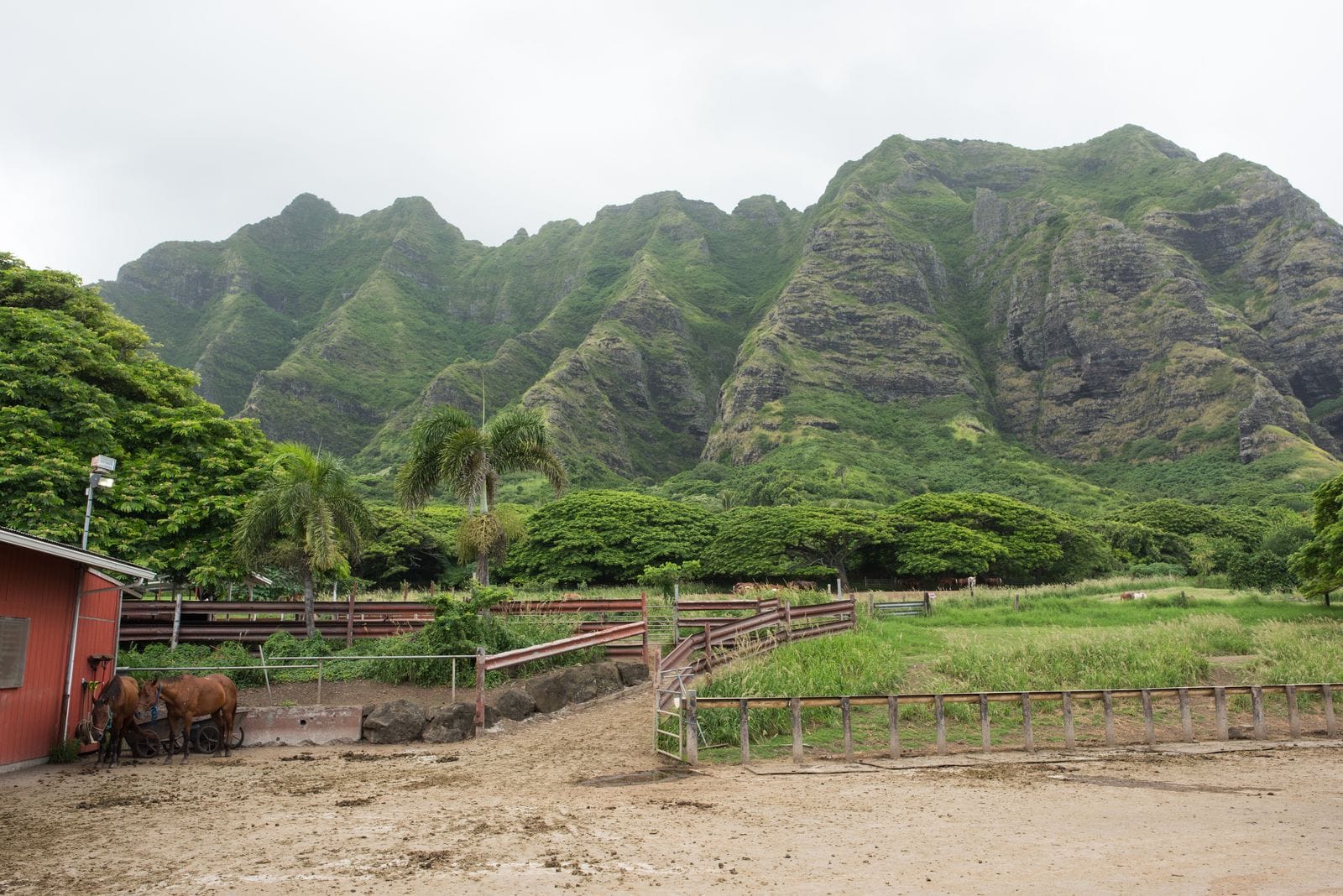
The terrifying T-Rex attack scene is an unforgettable sequence showcasing the film’s mastery of suspense and thrills. The unstable night setting, coupled with the ominous sounds of the T-Rex, amplifies the tension as the characters frantically attempt to escape. The special effects team’s brilliant use of animatronics, combined with groundbreaking CGI, brought this fearsome predator to life in a way that captivated audiences. Filmed near the stunning locations of Kauai, the interplay of natural beauty and sheer terror makes this scene a hallmark of cinematic achievements.
Shoot Herrrrrr Scene in Jurassic Park
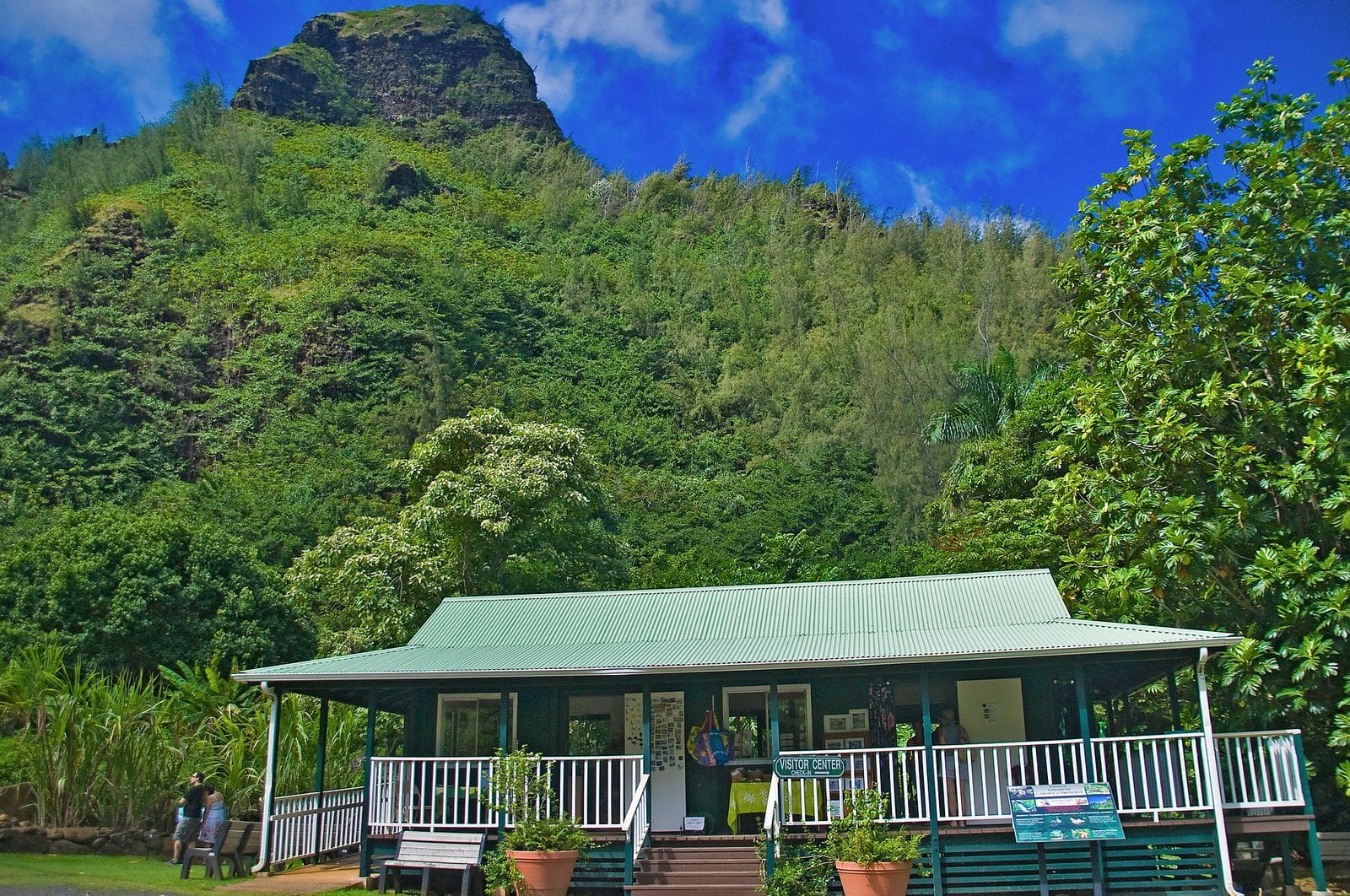
The “Shoot herrrrrr” scene portrays a pivotal moment of action where characters must confront the reality of their situation, threatening their safety. Filmed in dramatic outdoor settings, the magnitude of the situation is reflected in the characters’ desperation and the sweeping landscapes that surround them. The juxtaposition of vibrant scenery with high-stakes moments serves to heighten the emotional intensity, showcasing the perilous situation within Jurassic Park and enhancing the viewer’s engagement with the unfolding drama.
Al Pastor Tacos Scene in Jurassic Park
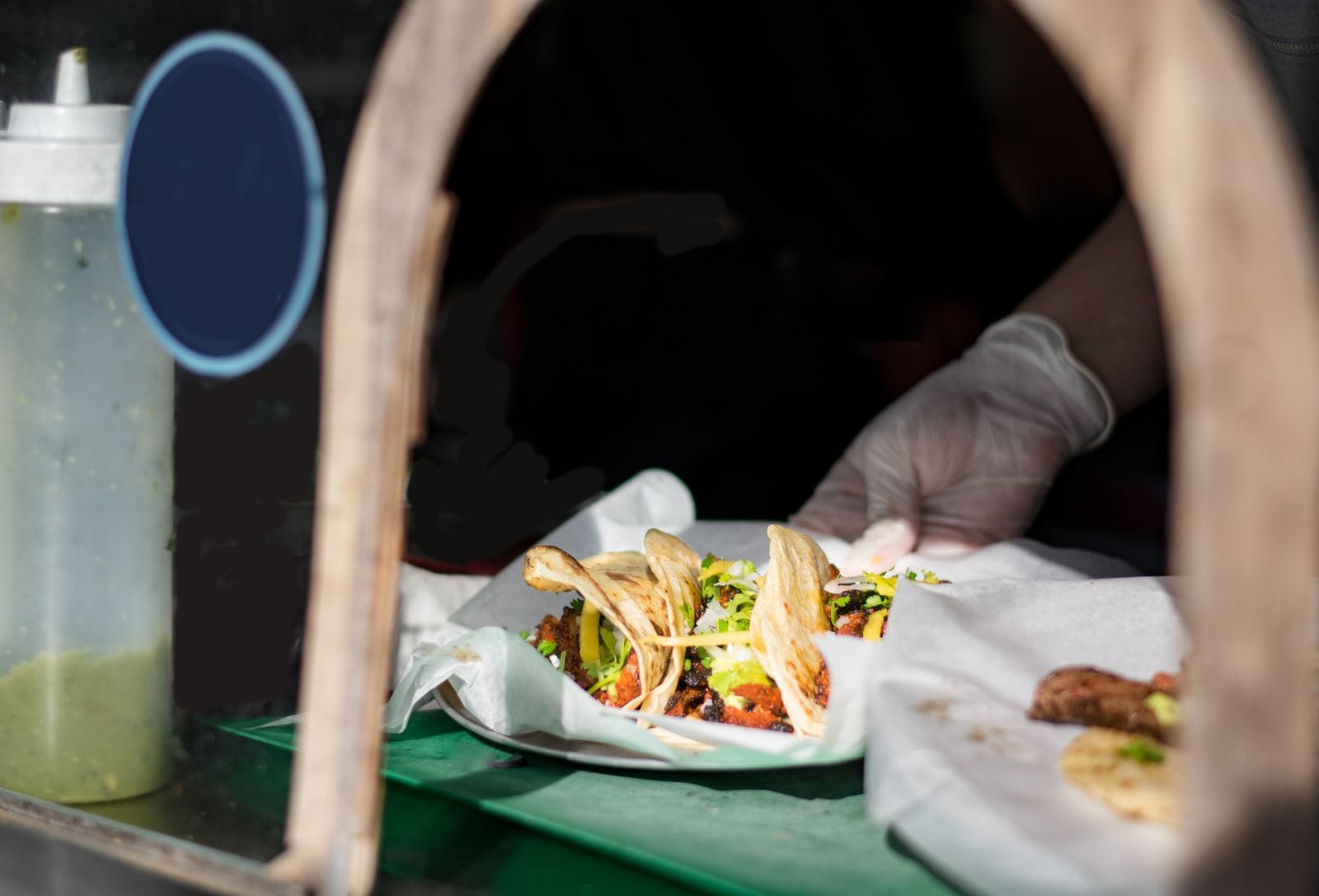
While not a traditional scene from “Jurassic Park,” the concept of Al Pastor tacos may symbolize the cultural richness and culinary offerings that the filming locations embody. Much like the dinosaurs themselves, food represents a vital aspect of local identity and tradition. The Hawaiian Islands are known for their diverse culinary scene, merging different cultural influences and creating unique dishes that capture the essence of the islands. Just as the filmmakers embraced the awe of nature, they also highlighted the local culture and its significance during the production of the film.
Timmy the Human Piece of Toast Scene in Jurassic Park
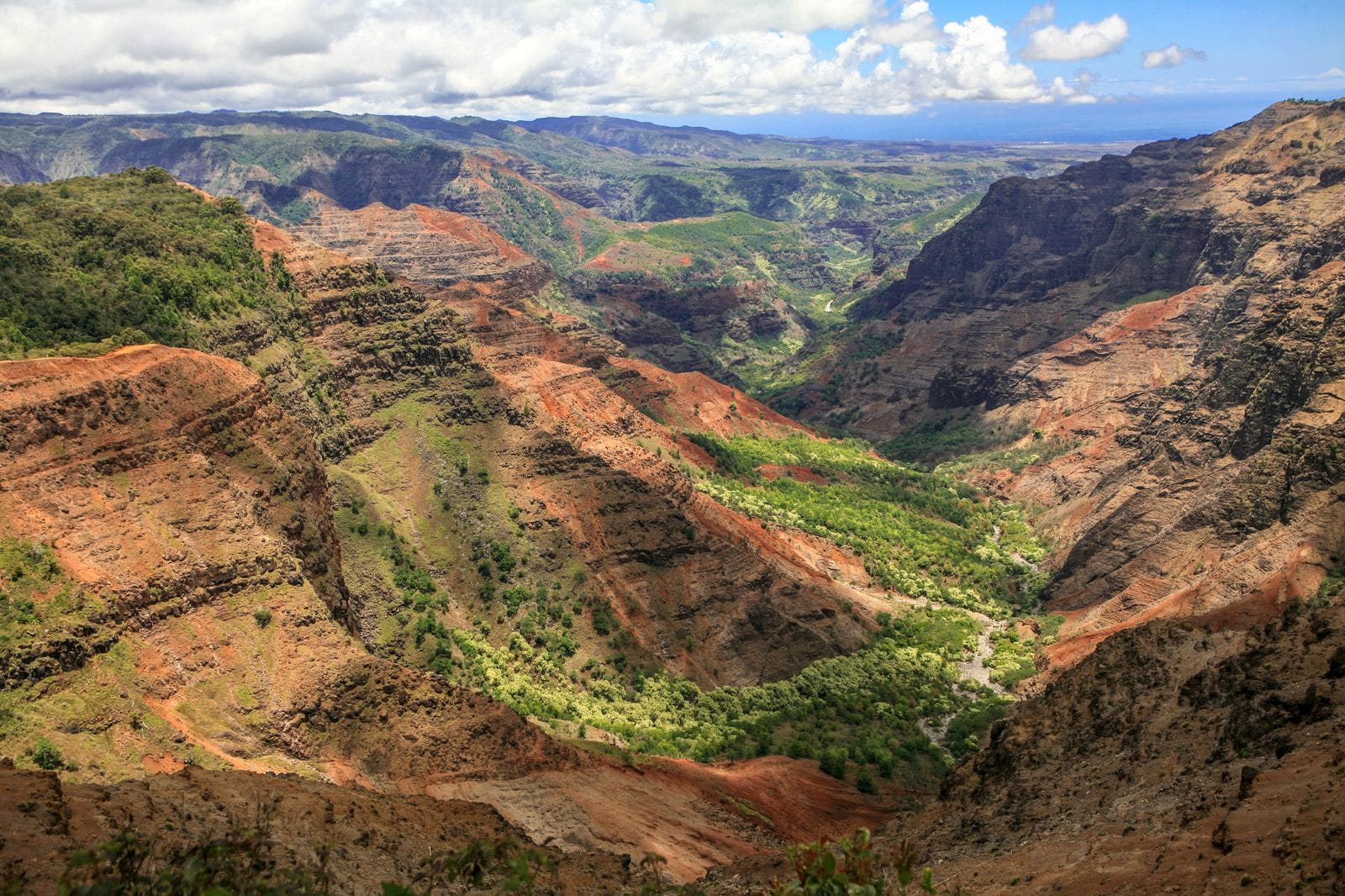
The scene featuring Timmy, a character who embodies innocence amidst chaos, evokes laughter even in the midst of danger. His interactions with the dinosaurs, while humorous, serve as a reminder of the fragility of life and the innocence that can be threatened by unforeseen circumstances. “Timmy the human piece of toast” becomes a beloved moment, as it strikes a balance between tension and levity, providing audiences with a respite from the heart-pounding action. This juxtaposition illustrates the film’s ability to seamlessly blend different tones, enhancing the viewing experience.
Conclusion
As we explore the rich tapestry of filming locations in Jurassic Park, we discover how these real-world settings contributed to the film’s success and enduring legacy. From showcasing breathtaking landscapes to creating awe-inspiring moments of wonder and terror, the locations serve as an extension of the storytelling itself. Through their careful selection and masterful execution, filmmakers brought the world of dinosaurs to life, capturing our imaginations and captivating us with this iconic adventure. As we continue to revisit Jurassic Park, these filming locations will always remain a vital part of its magic and allure. So grab some Al Pastor tacos, sit back, relax, and let yourself be transported into the thrilling world of Jurassic Park once again. Happy viewing!

